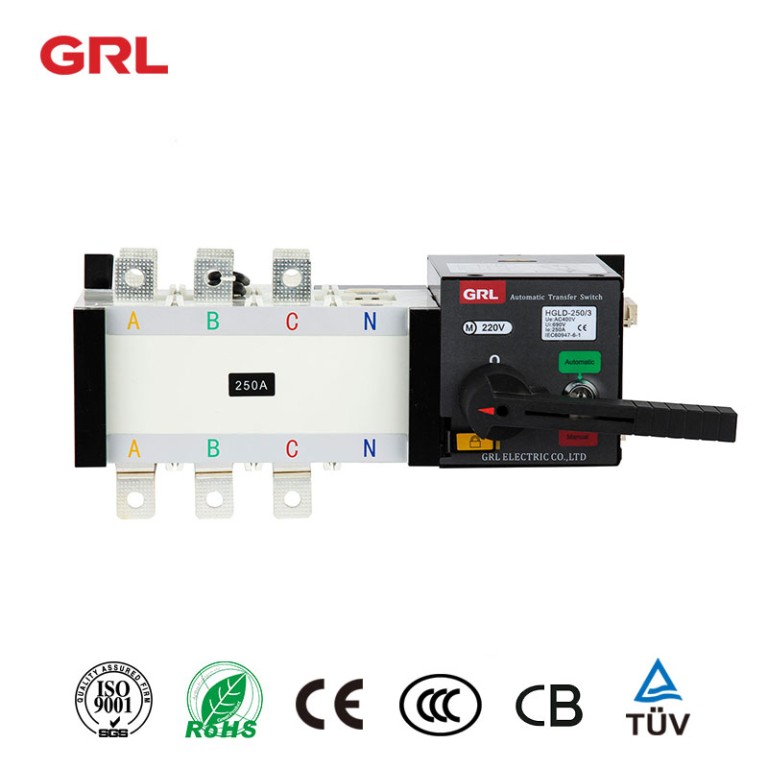
# Automatic Transfer Switch: Ensuring Uninterrupted Power Supply
## What is an Automatic Transfer Switch?
An Automatic Transfer Switch (ATS) is a critical component in power management systems that ensures seamless transition between primary and backup power sources. These devices automatically detect power failures and switch to an alternative power supply, such as a generator or battery backup, within seconds to maintain continuous electricity flow.
## How Does an ATS Work?
The operation of an automatic transfer switch follows a simple yet effective process:
– Continuous monitoring of the primary power source
– Immediate detection of power interruption
– Automatic disconnection from the failed power source
– Connection to the secondary power source
– Monitoring for restoration of primary power
– Automatic transfer back to primary power when stable
## Key Benefits of Automatic Transfer Switches
### 1. Uninterrupted Power Supply
ATS devices provide near-instantaneous power transfer, minimizing downtime for critical systems. This is particularly important for:
– Hospitals and medical facilities
– Data centers
– Industrial operations
– Emergency services
### 2. Enhanced Safety
Keyword: Automatic Transfer Switch
Automatic transfer switches prevent dangerous backfeeding situations where electricity could flow back into utility lines, protecting both equipment and personnel.
### 3. Reduced Human Intervention
By automating the power transfer process, ATS units eliminate the need for manual switching, which can be time-consuming and potentially hazardous during emergencies.
## Types of Automatic Transfer Switches
There are several configurations of ATS available to meet different requirements:
– Open Transition (Break-Before-Make): Briefly interrupts power during transfer
– Closed Transition (Make-Before-Break): Maintains continuous power during transfer
– Delayed Transition: Incorporates a programmed delay for specific applications
– Static Transfer Switch: Uses solid-state components for ultra-fast switching
## Choosing the Right ATS for Your Needs
When selecting an automatic transfer switch, consider these factors:
– Power capacity requirements
– Transfer time specifications
– Number of power sources
– Environmental conditions
– Compliance with local electrical codes
– Future expansion possibilities
## Maintenance and Testing
Regular maintenance is essential for ensuring reliable ATS operation:
– Perform periodic manual tests
– Check connections and wiring
– Clean components as needed
– Verify proper operation of all sensors
– Keep logs of all maintenance activities
## The Future of Automatic Transfer Technology
Advancements in ATS technology continue to improve reliability and functionality:
– Integration with smart grid systems
– Enhanced monitoring capabilities
– Predictive maintenance features
– Improved energy efficiency
– Smaller, more compact designs
Automatic transfer switches play a vital role in modern power infrastructure, providing the reliability and peace of mind that comes with knowing your critical systems will remain operational during power outages. As technology advances, these devices will become even more sophisticated, further enhancing their ability to protect against power interruptions.